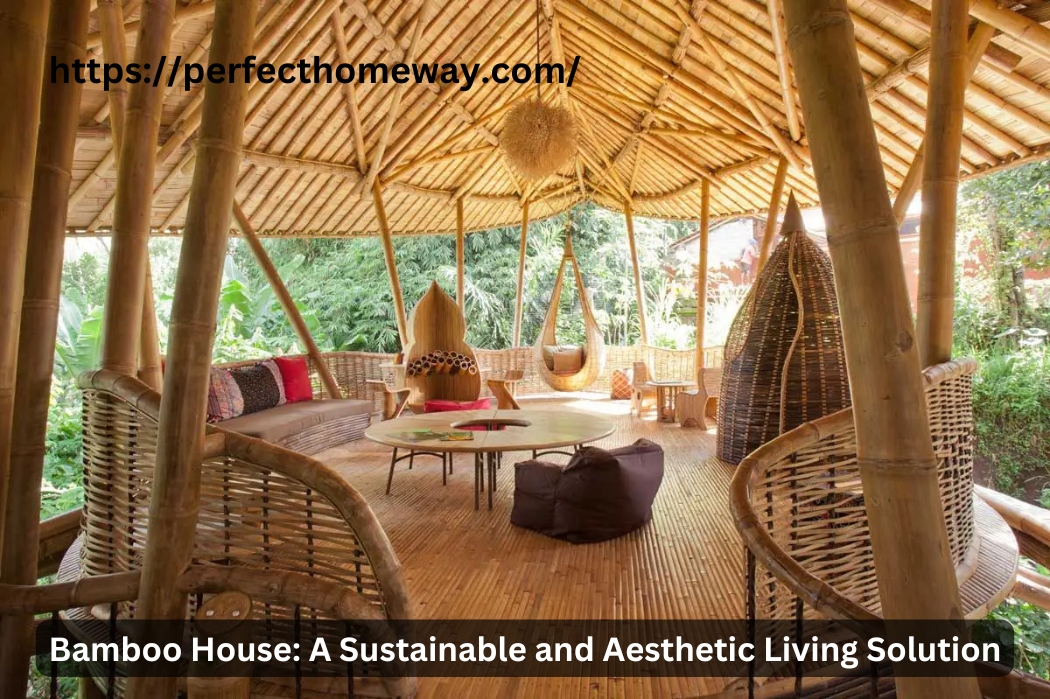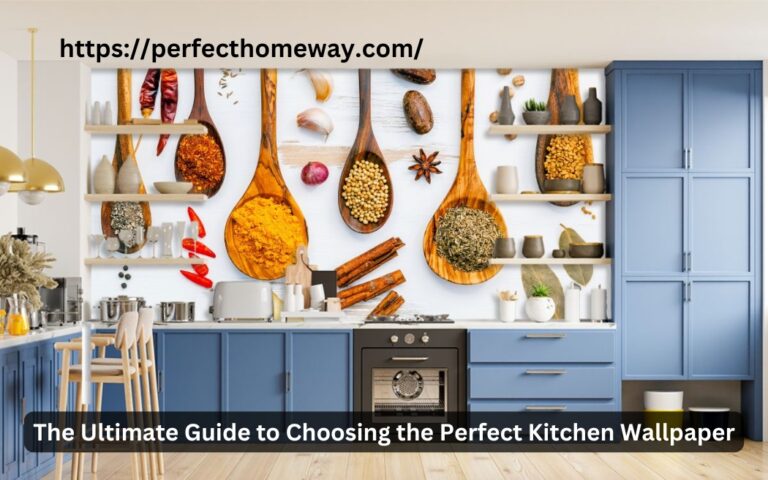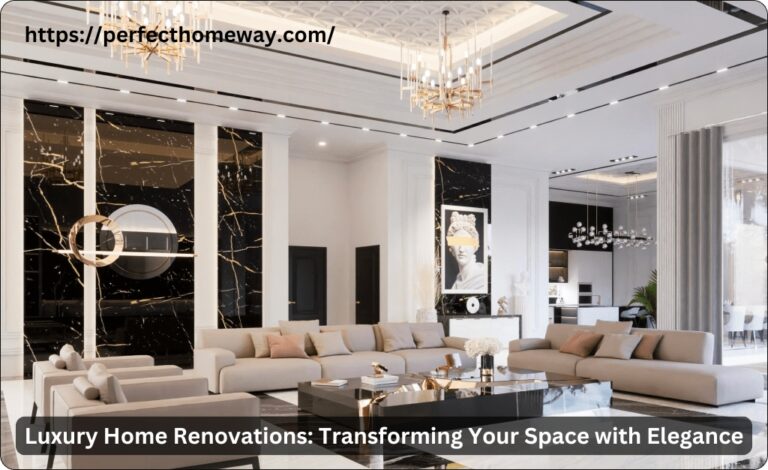Bamboo House: A Sustainable and Aesthetic Living Solution

Bamboo houses are gaining popularity worldwide as an eco-friendly, sustainable, and aesthetically pleasing alternative to conventional homes. With the rising concerns about climate change and environmental conservation, bamboo has emerged as a viable construction material that offers durability, affordability, and sustainability. This article explores the advantages, construction process, design variations, and maintenance of a bamboo house, helping you understand why it could be the perfect choice for your next home.
The Rise of Bamboo Houses
Bamboo has been used as a construction material for centuries, especially in Asia, South America, and Africa. However, in recent years, modern architectural advancements have allowed bamboo houses to evolve beyond traditional designs into contemporary, luxurious, and even disaster-resistant structures. The increasing awareness of sustainable living has further contributed to the widespread acceptance of bamboo homes.

Benefits of a Bamboo House
1. Eco-Friendliness and Sustainability
One of the most significant advantages of a bamboo house is its sustainability. Bamboo grows rapidly, reaching maturity in 3-5 years, unlike hardwood trees, which take decades. It absorbs more carbon dioxide and releases more oxygen compared to traditional timber, making it an environmentally responsible choice.
2. Durability and Strength
Despite its lightweight nature, bamboo has exceptional tensile strength, often compared to steel. Properly treated bamboo can withstand earthquakes, hurricanes, and heavy rainfall, making it ideal for regions prone to natural disasters.
3. Cost-Effectiveness
Building a bamboo house is significantly cheaper than constructing a house using traditional materials such as concrete or steel. Bamboo is abundantly available in many tropical and subtropical regions, reducing material and transportation costs.
4. Aesthetic Appeal
Bamboo houses exude a natural and rustic charm. The material’s versatility allows architects and designers to create unique and innovative designs, blending seamlessly with nature while offering a modern touch.
5. Thermal Insulation and Comfort
Bamboo naturally regulates temperature and humidity, making bamboo houses cooler in summer and warmer in winter. This reduces the need for artificial heating or cooling, leading to lower energy consumption.
How to Build a Bamboo House
1. Planning and Design
The first step in constructing a bamboo house is to create a detailed blueprint. Consider factors such as the location, climate, and intended use of the house. Engage an architect or a builder with experience in bamboo construction to ensure proper planning.
2. Selecting and Treating Bamboo
Not all bamboo species are suitable for construction. Strong varieties like Guadua, Moso, and Dendrocalamus asper are commonly used. Before construction, bamboo must be treated to prevent insect infestation, rot, and fungal growth. Common treatments include:
- Boric acid and borax soak
- Heat treatment
- Smoking or carbonization
3. Foundation and Structural Framework
While bamboo is lightweight, a strong foundation is crucial for stability. Bamboo houses can be built on:
- Concrete foundations
- Elevated wooden stilts (ideal for flood-prone areas)
- Stone or brick bases
Once the foundation is ready, the structural framework is erected using bamboo poles, beams, and columns.
4. Walls, Roofing, and Finishing
Walls can be made from woven bamboo panels, bamboo planks, or mixed with mud and clay for a traditional look. Bamboo roofing materials, thatch, or metal sheets can be used depending on climate conditions and aesthetic preferences. Finally, the house is polished, painted, or varnished for durability and appeal.
Types of Bamboo House Designs
1. Traditional Bamboo House
Found mainly in rural and tropical areas, these houses have a rustic look, with woven bamboo walls, thatched roofs, and an open design that allows natural ventilation.
2. Modern Bamboo Villas
Contemporary bamboo houses integrate bamboo with glass, concrete, and steel to create stylish, luxurious homes with advanced amenities.
3. Floating Bamboo Houses
Ideal for flood-prone regions, floating bamboo houses are designed with waterproof bamboo pontoons or floating rafts to remain stable on water bodies.
4. Bamboo Treehouses
Bamboo treehouses offer a unique and adventurous living experience, often found in eco-resorts and jungle retreats.
Maintenance Tips for a Bamboo House
While bamboo is a resilient material, proper maintenance is necessary to ensure the longevity of a bamboo house:
- Regular Inspection: Check for any signs of termite infestations, cracks, or weather-related damage.
- Protective Coating: Apply natural oils, varnish, or borate solutions to prevent moisture absorption and pest attacks.
- Avoid Excess Moisture: Ensure proper drainage around the house and avoid prolonged exposure to stagnant water.
- Repair Damage Promptly: Replace broken or damaged bamboo poles to maintain the structural integrity of the house.
Conclusion
A bamboo house is an excellent option for those looking to build an environmentally friendly, cost-effective, and aesthetically appealing home. With its remarkable strength, natural insulation properties, and sustainability, bamboo continues to revolutionize modern architecture. Whether you prefer a traditional cottage, a luxurious villa, or a floating retreat, bamboo houses offer a versatile solution for a greener future. If you’re considering building a bamboo house, careful planning and proper maintenance will ensure a long-lasting, comfortable, and sustainable living space.






